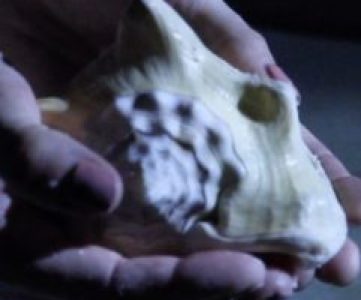TT Journal, Vol.1, ISSUE 1, 3rd November 2020
I practice Tai Chi on Highbury Fields early every morning in meditative conversation with a group of monumental trees planted some 130 years ago. I know that whatever the rules of the day may be, whatever the weather, whatever my state of mind, I can rely on those trees. To me they do everything; anchor the ground, hold open the soils, reach to the sky, give birds a perch from which to sing, catch the morning light, present huge volumes of biomass that provide for urban bee pollination and manifest the natural cycles of the seasons. In those trees I feel the sheer scale of the forces of nature, its beauty complexity and time depth. The trees and the urban forest of which they are a part, are in turn a fundamental part of my identity. They give meaning to my life and to urban living, especially now when humanity seems on the edge.
If it wasn’t already obvious, the outbreak of Covid-19 has highlighted the power of the great outdoors to both de-stress and inspire. The landscape of the city is made up of gardens, parklands, commons, waterways, allotments, streets and civic space, but it is the urban forest that embraces them all. The urban forest is the sum total of all the individual trees, street trees, avenues, woodland and forests. In London this accounts for some 8.6 million trees – about a tree for every person – or a combined tree canopy cover of some 20% of the land area. It is a dynamic organic structure of remarkable biodiversity embedded within the fabric of the city, an essential part of the character and heritage of the urban environment, which is often taken for granted.
Far from any inert technology, the urban forest is a natural, refined, responsive and elegant system, that enables mankind’s evolutionary adjustment to life in the city. It bridges the gap between humanity and the natural world, being as much to do with people as trees, an interwoven cultural and ecological heritage.
Conversations on Urban Forestry is written to celebrate trees and their relationship with extraordinary people. From diverse perspectives, it explores interconnections of life that underpin humanity’s purpose, wellbeing and survival. It ends with a hopeful yet urgent message, that if cities are growing at a pace then so too can the urban forest, it’s up to us. The extract recounts a conversation with artist Michael Smythe who established Phytology, an artist and community led project, exploring the environmental and social complexities of the urban landscape.
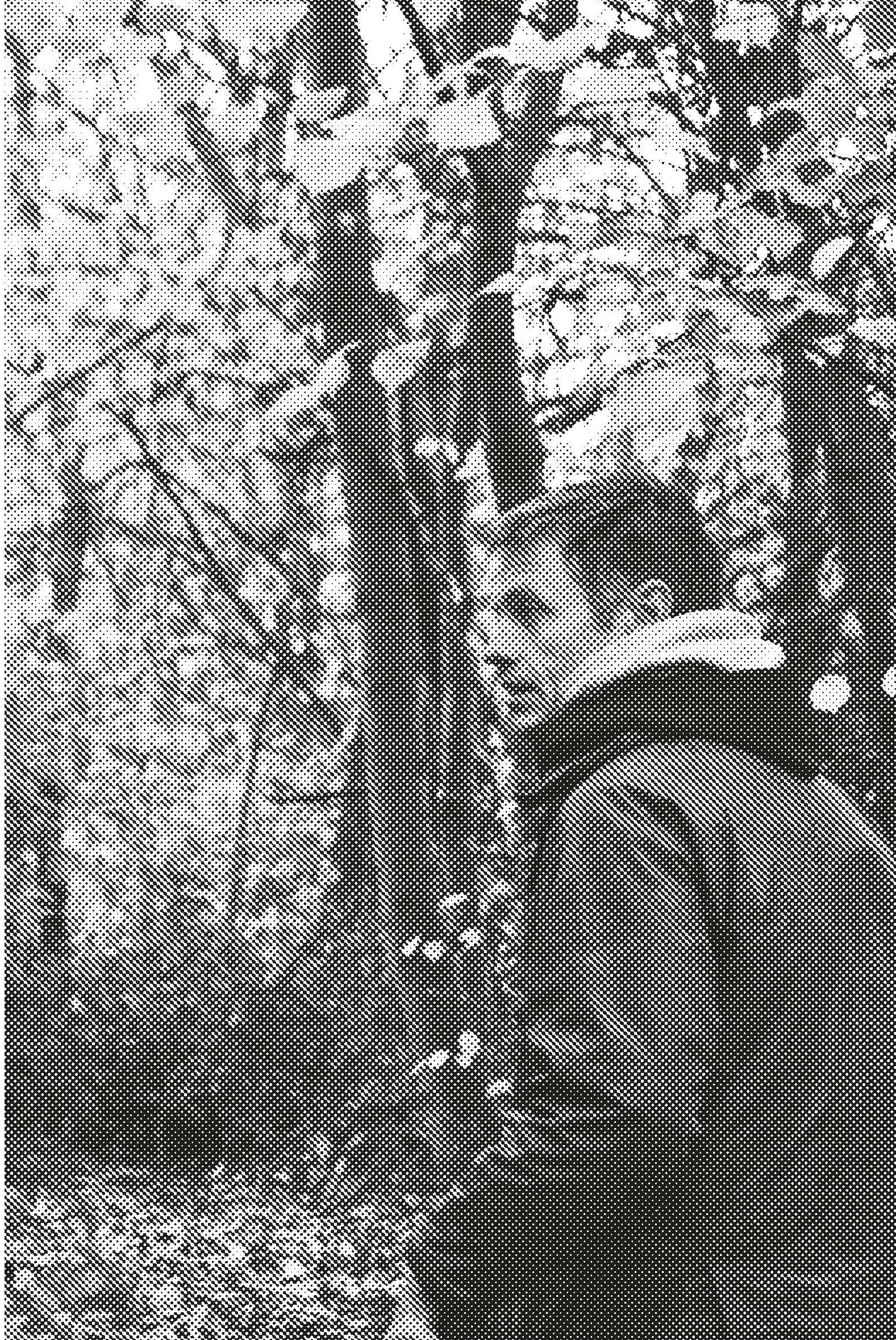
Michael Smythe
In a modest patch of land in the heart of Tower Hamlets, a bill-board orientated toward the cluster of towers that mark the City of London says simply, ‘WE DIG’. The billboard is curated by artist Michael Smythe as a provocation. It marks a modest but charged piece of land, a patch of self-seeded urban forest defined by a high metal fence erected originally to keep people out. He describes the fence that he is growing to like because of what it says about the human state, and humanity’s relationship with the land as both a blessing and a curse. From an urban mammal perspective, the fence is sufficiently permeable, all flora and fauna can grow or pass through it, and so in a sense the site is always open to the mini-migrations along unmapped urban corridors. The passage of air and water and the visual connections are all protected. In itself the fence invites people to consider what it is that is being protected – a wasteland, oasis, physic garden, nature reserve or an urban forest? Next year the fence will be a project in itself, not removed but embellished and reconfigured as an urban hedgerow of hawthorn, hops and honeysuckle.

The ‘We Dig’ billboard by Alternative School of Economics, a collaborative project by artists Ruth Beale & Amy Feneck.
Abandoned for decades, this bomb site of 0.1ha, has allowed nature to take hold amongst the rubble. This has created good, free-draining growing conditions for regeneration as well as a rich habitat for invertebrates and small mammals. Over the last six years Phytology has been established as the active agency for the space. Curated by Nomad Projects, an arts production company directed by Smythe, this project is a typically intriguing network of interconnected yet distinct projects. The foundation is a palpable desire to explore how nuanced urban strategies can provide for sharing and investing in the found space as a precious city resource. The radical and sensitive programme is grant funded by established organisations such as The Wellcome Trust, Kew Gardens and Arts Council England, who are discerning of the intensively creative and cross-sector approach to sustainability that the project embraces with the community at its heart. Walk across the threshold and become immersed in a complex set of rules, a landscape that was only ever built over for 100 years of its history, first recognised as a place for wildlife in the 70s with the urban ecology movement, when, with the help of the Environment Trust the fence was erected to prevent fly tipping and allowing natural regeneration, with the Tenant Residents’ Association of the adjacent housing estate becoming custodians.
The patch of self-seeded urban forest is multifaceted; a physical, social, political and ephemeral entity. Within the fence, horticultural tables display a presentation of so-called ‘weeds’, wildflowers potted up to focus on their valuable and traditional therapeutic characteristics. This is not only to challenge perceptions but as evidence of an underlying community enterprise taking shape. The ambition is to be able to make and sell plant-based skin products, cough syrup, toothpaste and mouth wash aptly branded GOOD creating local employment and offering the product for free to the local homeless community. A social enterprise with profits reinvested in the field. Ingredients include yarrow to promote blood circulation, ribwort plantain as an anti-microbial agent, marshmallow for hydration and camomile as an anti-inflammatory. The balm has been known to heal deep wounds, smooth fierce rashes as well as to soften and calm. It effectively pots up all the multisensory essence of this urban ecosystem; wild, free, loose, restorative. Herbal hypothecary and medical herbalists Molly Maitland and Rasheequa Ahmad herald a different approach to life. There is a crowd around the Mobile Apothecary, Phytology’s custom bike-cum-shop, parked at Bethnal Green tube station on the weekend.

Above: The fence invites consideration of what is being protected while remaining permeable to water, air and wildlife.
We sit in an open sided timber hut by the medicinal meadow framed by sycamore wrapped in a billowing vertical habitat of arboreal ivy. This is where Nick Bridge, UK’s special representative of Climate Change has recently been ‘in residence’, a secluded place, somewhat more inspiring for strategic thinking than the usual Government office environment. Residencies such as this reflect the full dimension of this place, which operates effectively as a cultural nstitution, a reserve to ‘reserve’ space for research through doing things, exploring the relation-ships between urban community and urban ecology through the intersection of art and science.
The interwoven gymnastics of the conceptual and practical that characterise Smythe’s approach are deep rooted in his childhood farming background in Australia. It is a reaction to what he considered heavy handed methods of land management, disregarding aboriginal know-how and ancient practice of respectful coexistence with natural process. In Bethnal Green the democratisation of land is the visionary bedrock of the initiative, celebrating the complexities of a city landscape through the process of adaptation. As an urban forest, the basic structure is self-seeded over rubble, with remnants of a London Borough of Tower Hamlets planting programme carried out in the 80s and 90s until the Trust that managed it ceased to exist. Encouraged by Naseem Khan, a formidable champion of socially engaged arts, Michael Smythe opened a conversation with local residents, initially focused on simply creating access for a diverse community and ensuring long-term sustainability.
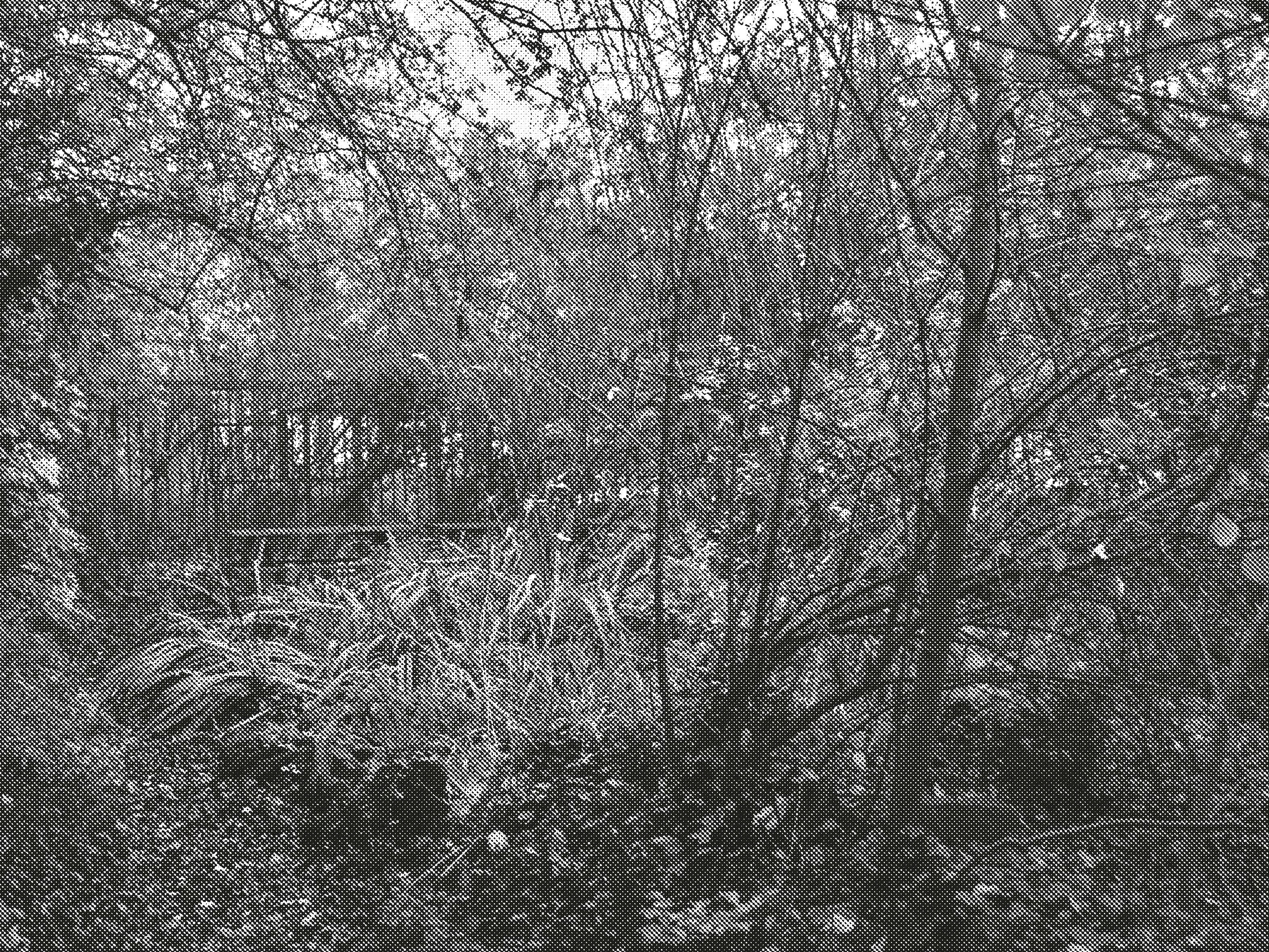
Above: Managed wildness to ensure ecological diversity and intensity of use can coexist.
The work is never complete as the next round of applications for support are lined up as the garden closes, as it does each year, for the dormant winter months. The seasonal closure is critical in order for the reserve to re-open in other ways and during this time, the artist captures the layered ambiguity. The human activity this patch of land supports, lying discretely beneath the canopy, is an open invitation to the community to grapple with realising for themselves their own place in the ecosystem.
From the whimsical to the fundamental, this patch of urban forest provides a conceptual and actual canopy. In the true nature of a forest, the mosaic of habitats is made coherent by the project itself, by the people who inhabit the place. There is ash and hawthorn, coppiced hazel and sycamore around the meadow beside a micro wetland, an oasis for urban wildlife even in the driest of summers. With diversity comes multiple perceptions of nature and stewardship. One extreme being hands off everything, the other being specialist arborist work to coppice, thin and remove limbs that might pose a risk and compromise the insurance policy that covers the wide array of activities hosted in the reserve. It is not only woodland management that is required to allow ecological diversity and intensity of use to co-exist. The project is political and on the front line. Macro concerns of climate change and social cohesion are addressed with nimble initiatives. The Nature Reserve provides an environment for action research, growing the project not in size but in influence. Focused on City Hall and Mayoral agendas of environmental justice and social cohesion, Phytology demonstrates an alternative definition of ‘growth’.
The future of this woodland depends on how to keep the community engaged. Rasheeqa, a medical herbalist, has lead a group of women in root harvesting to make medicines for refugees in Calais. Pip was first brought to the reserve by his parents because the food was free. He now comes each weekend for lunch and to have time to explore. Hari, a local resident who identifies as non-binary, started working on site as a paid intern in the first year, and was then promoted to site lead and community gardener running self-initiated projects including the first transgender composting toilet constructed in cedar shingles set in amongst the trees. Hari inspires family and friends with a passion for soil, compost activation and biodiversity. Projects such as this describe a social architecture that has the potential to build the next generation of custodians. ‘Keep it complex’ is the modus operandi.
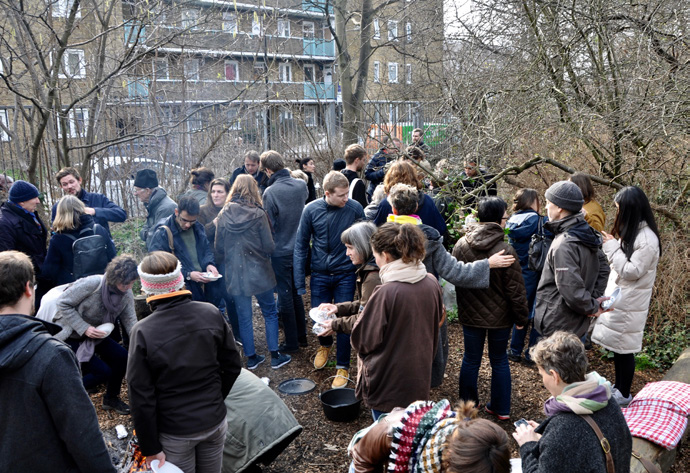
Above: Landscape Learn in collaboration with Phytology gather around the fire to celebrate Dormancy, 2017.
Smythe is restless, with a sense of survival and a nose for opportunity that is acutely perceptive to the natural and unnatural forces of nature. So, when he says passionately, “we need to think ahead” it is clear that the hand to mouth management of funding is not sustainable on the shoulders of one individual. The Local Authority is broke, land is under pressure due to intensification of the city with the highest land prices and population density in the UK and the greatest division between rich and poor. A site close by was built over for housing at twice the density originally planned. To prevent the temptation to sell off and to subvert the threat of redevelopment, securing the Reserve for the future is a strategic mission. The biodiversity and ecology officers in the local planning authority have a vested interest in the project, its resourcefulness and value to the everyday lives of those who have less. Together, members of the Trust are projecting forward 100 years, searching for a sustainable network of custodians who can be linked with major institutions. In essence, for the project to be transformed to a Research Centre.
Just as the term ‘forest’ is ambiguous, so is the Bethnal Green Nature Reserve, and that is surely its magnetic force. In Bethnal Green the agendas may seem utterly opposed – city versus landscape, urban versus rural, but in fact the peri-urban and all the variables in between are one ecosystem. With deep compassion, Smythe says, ‘I love the gaps’. These quiet, grey, wet days in the dormant season is all about replenishment, not the end, but the beginning. It is the seasonal dynamic that is cyclical and never ending, never finished, and the interaction of humanity within it that is at the heart of this place. Who needs natural capital accounting or Urban Greening Factor to tell us the currency of value? We meander through a cluster of twisted hawthorns, around the huge billboard structure soon to be retrofitted with bat boxes. Putting our backs to the skyline of corporate London we look up and take in the message writ bold: ‘WE DIG’. One benefit of an economic downturn is that it usually is good for the environment.
Johanna Gibbons is a Landscape Architect, founding member of J & L Gibbons an award-wining practice established in 1986 and founding Director of Landscape Learn, a social enterprise concerned with immersive community engagement with the landscapes around us. https://www.landscapelearn.com/library
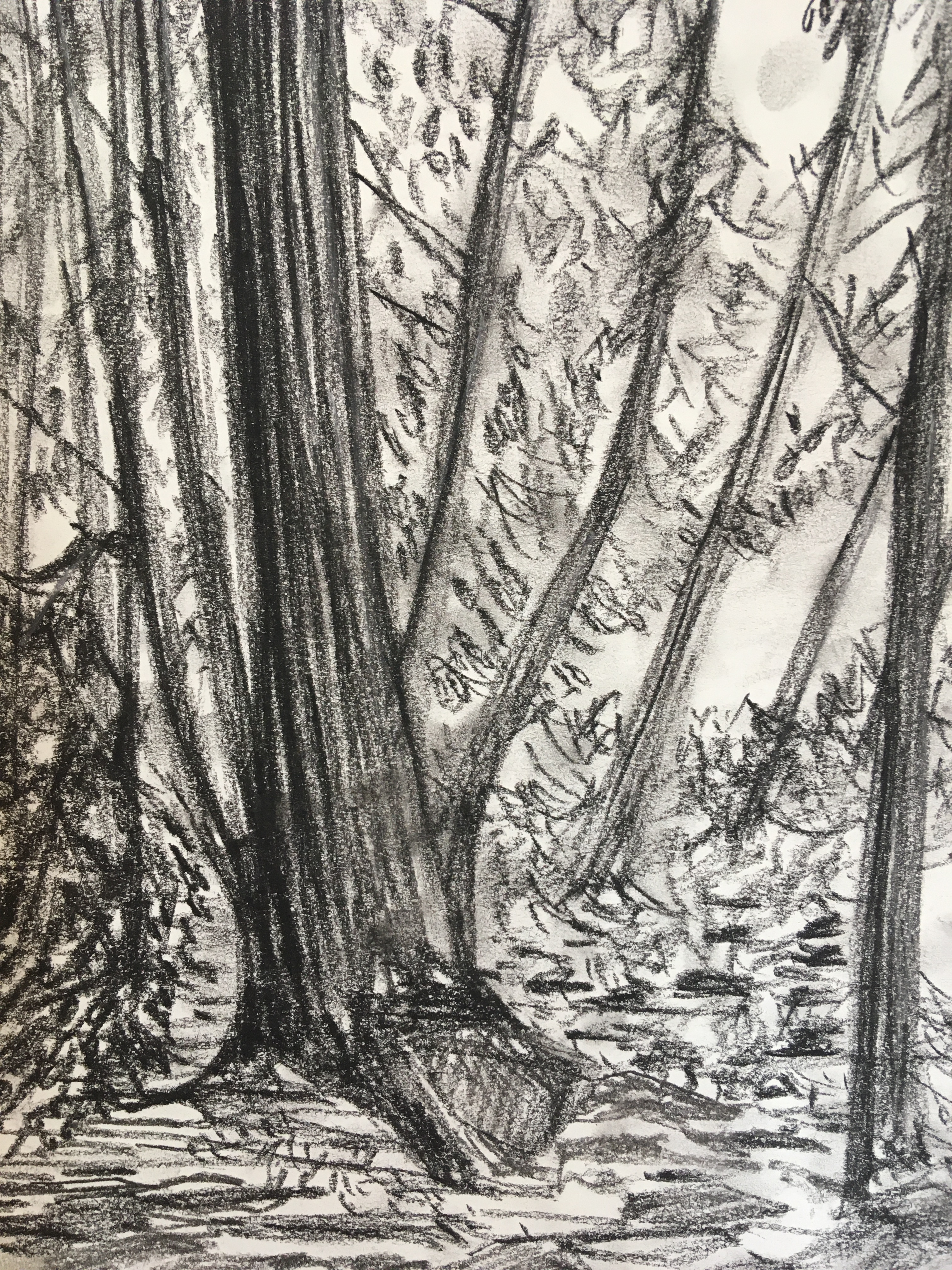
A drawing by Johanna Gibbons, of a tree she planted from a seedling she gathered some 20 years ago. It is a Poplar, that has grown tall and strong.
